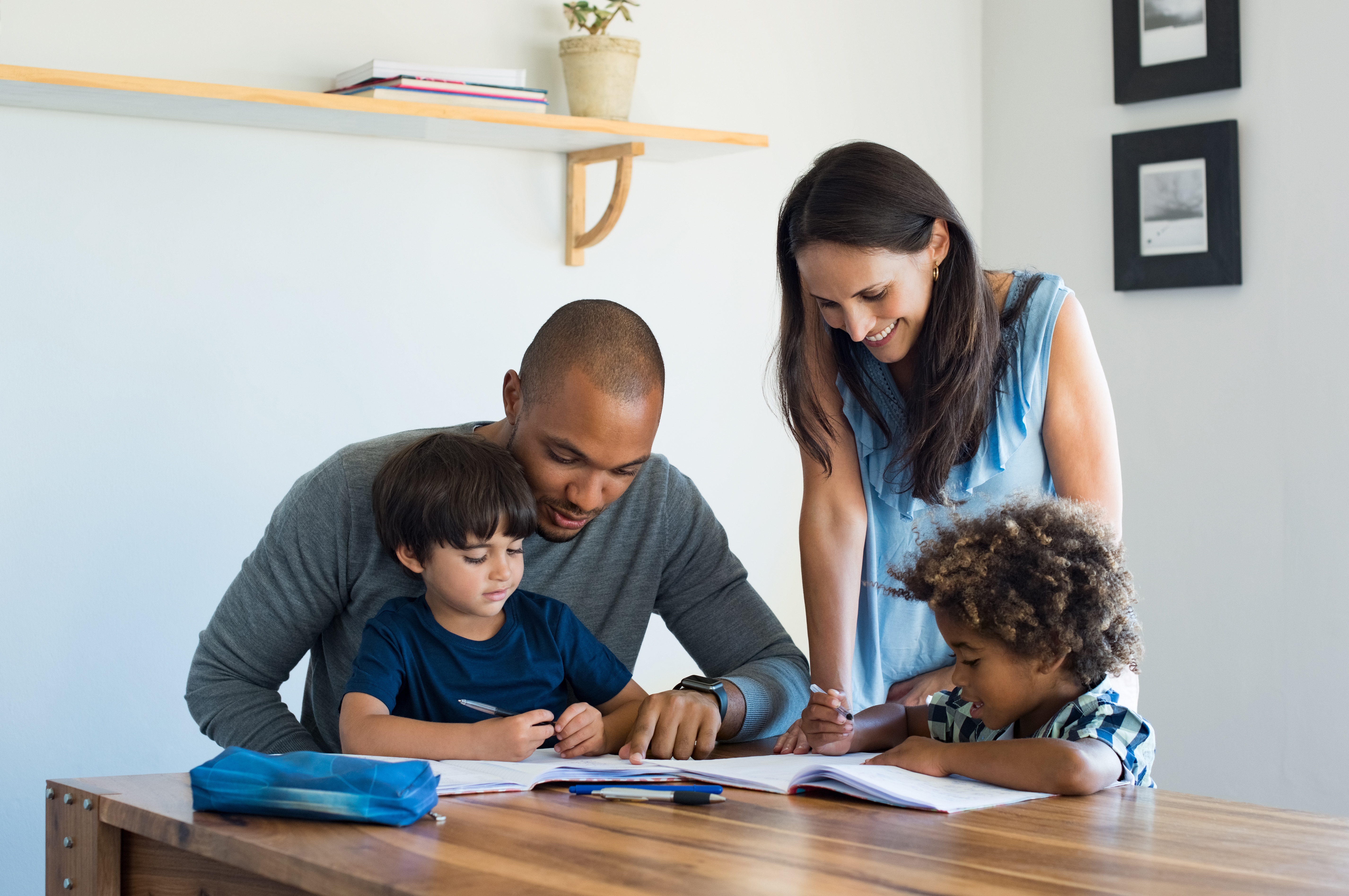Real World Application: Applying knowledge at home
Posted by By Leigh Ann Pernell on Feb 20th 2019

Education helps to prepare our students for life, so it is essential that we help our young learners understand that what they are learning at school is also useful beyond the classroom. By providing creative learning experiences that connect to the “real world,” we can help our students understand the relevance of a task and make it more meaningful. So, how do we equip students with the skills to apply what they know at home and beyond?
The School-to-Home Connection
One way to help our students apply what they have learned outside of the classroom is to assign quality tasks for homework that create a school-home connection. Homework should not be busy work, but a chance for students to apply the skills they are learning in a safe environment, allowing parents to give support when needed. Open-ended tasks allow students to extend skills in a variety of ways. Projects or research tasks are great opportunities to integrate curriculum and allow students a creative way to show what they know.
Teacher tip: Include a rubric that makes expectations clear and helps students to be more self-directed learners.
Interactive Communication
Interactive communication between school and home is also an important element of student success. You can share expectations, common language, and clear directions with parents to help them take a supportive role in guiding their children. Students are empowered when they hear common language and when they know that we are working together as a supportive learning team.
Teacher tip: Set up communication folders that travel back and forth daily, so parents can easily find information and send questions or comments back to you. You can also set up a class contact group so you can send quick email blasts that keep your class families up-to-date with the learning that is taking place.
Transfer the Learning to a New Situation
After presenting a new skill or strategy, provide practice time. Practice through small-group tasks, independent tasks, and hands-on discovery in class. Next, provide students with the chance to demonstrate their understanding by creating a song, book, painting, diorama, dramatic interpretation, poster, or report at home. Students can celebrate their findings and creations with a daily class sharing. Applying knowledge through personal connections makes for meaningful learning that lasts.
Teach Engagement and Self-Regulation
Equipping students with the skills to find, analyze, and evaluate information can help them to make their own connections. Associating knowledge gained with existing background information helps to build greater meaning and increased engagement. Engaged, self-directed learners are better equipped to put knowledge into action at school, at home, and in the world around them.
Teacher tip: Model and practice how to focus and be attentive to a task. Conduct “mental rehearsals” that help students learn to self-regulate.

